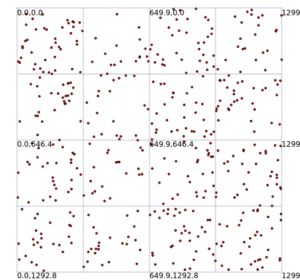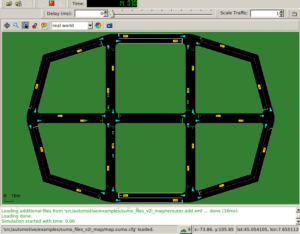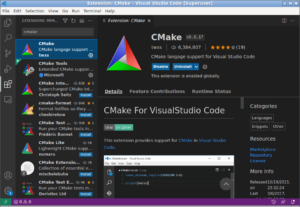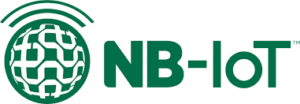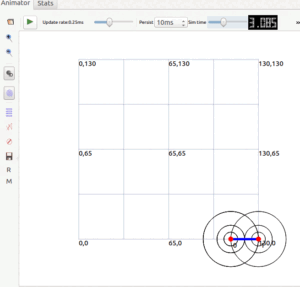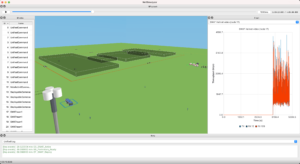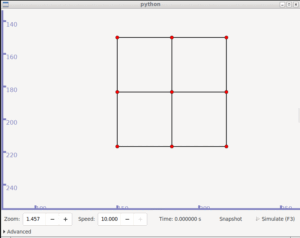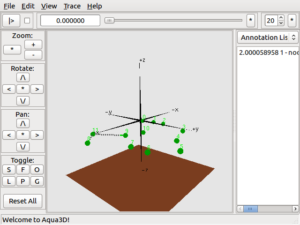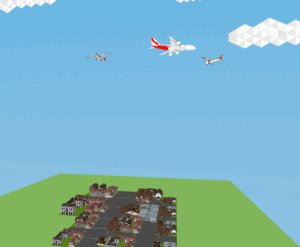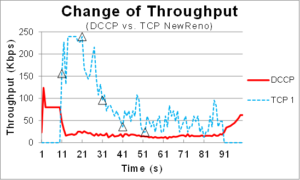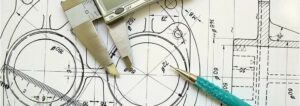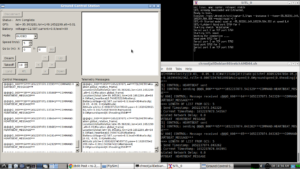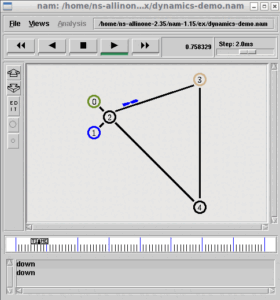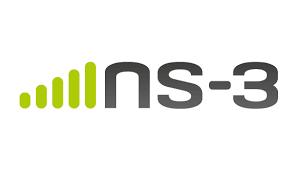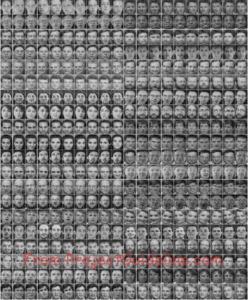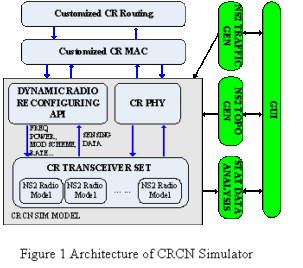Aqua-Sim
Aqua-Sim is an underwater network simulator that supports a vast amount of protocols and features. Originally developed on the basis of NS-2, Aqua-Sim can effectively simulate acoustic signal attenuation and packet collisions in underwater sensor networks (UWSN). Moreover, Aqua-Sim supports three-dimensional deployment[1].
Aqua-Sim-NG
Aqua-Sim-NG consists of rewriting and porting Aqua-Sim to NS-3 to improve upon current simulation issues such as memory leakage and usage simplicity[1]. This work is supported by the UWSN Lab at the University of Connecticut.
Aqua-Sim NG core continues to support basic underwater functions seen in Aqua-Sim 1.0, such as half-duplex, long propagation delays, and acoustic signal attenuation[1].
The following Diagram from [1] explains the overall architecture of Aqua-Sim-NG.

Current protocol support includes: (MAC layer:) BroadcastMAC, Underwater ALOHA, CopeMAC, Underwater FAMA, Underwater Slotted FAMA, GOAL, UWAN, RMac, Tmac, (Routing Layer:) DBR, Residual-DBR, Static, Dynamic, Dummy, Flooding, DDoS-Restriction, VBF, and VBVA[1].
Other Supported Features
The following are the supported features listed at[1] :
-
NS3 Architecture Support
- Core Aqua-Sim revamp and API integration
- Example and helper scripts addition
-
Protocol Port
- Extensive protocol port
-
Real-World Features
- Synchronization support
- Localization support
- Busy terminal model integration
- Fluctuating SNR
- Enhanced channel model support
- Transmission range uncertainty module
- Security features and module support
- Trace-driven support for the channel layer
-
Information-Centric Integration
- Adapted Named Data Network components
- Helper and test scripts integrated
- Specialized protocols addition
Installing Aqua-sim-ng ns-3 Extension
Step 1: Download a suitable version of ns-3
In this example, we are using previously downloaded ns-3 version ns-3.38 (that we previously used for another article ). We assume that you have already downloaded the ns-3 version ns-3.38 and it is ready to build.
Step 2: Download aqua-sim-ng
$ git clone https://github.com/rmartin5/aqua-sim-ng aqua-sim-ng
Step 3: Cloning the NetSimulyzer add-on module from the GitHub repository
Now we can clone the NetSimulyzer add-on module from its repository[4] under the ‘contrib’ folder or ‘src’ folder of ns-3.
The flowing screenshot shows the completion of the cloning of NetSimulyzer add-on module repository.

We should configure ns-3 as follows:

If you carefully notice the above output, then you can find the following modules in the “modules configured to be built” list.
- iodsim (this is not needed for aqua-sim-ng simulations)
- netsimulyzer
- aqua-sim-ng
Step 5: Building ns-3 with Aqua-Sim-NG and NetSimulyzer
After successful configuration, now we can build the ns-3 – so that the newly compiled ns-3 will have aqua-sim-ng and netsimulyzer modules in it.

Now the build operation will succeed and end with the following output:

Step 6: Testing the working of aqua-sim-ng installation
Now we can run an example script to test the working of aqua-sim-ng module

Installing NetSimulyzer 3D Visualization Tool
We may install NetSimulyzer 3D Visualization Tool as explained in the following article:
Installing NetSimulyzer 3D Visualization Tool under Debian 11
Visualizing UWSN Simulation in 2D using NetAnim
After doing the necessary modifications in two files, we will be able to create 2D outputs of the simulation for visualizing it in NetAnim.
The following output shows the 2D projection of the simulated 3D UWSN scenario.

Visualizing UWSN Simulation in 3D using NetSimulyzer
After doing the necessary modifications in two files, we will be able to create 2D outputs of the simulation for visualizing it in NetAnim.
The following output shows the 3D output of the UWSN example script VBF.cc. In fact, this example is only constructing a 2D Network in a 3D visualizer (since the z-coordinate of all the nodes is zero)
Related Articles
Realistic 3D Visualization of UWSN Scenario with NetSimulyzer
3D Aquatic Animal Tracking Underwater Network Simulation (UWSN) Under ns-3
Installing Aquasim & Aqua3D on an old Linux under VirtualBox
Simulating and Visualizing 3D Underwater Wireless Sensor Network (UWSN) Under Omnet++
References

 Discuss Through WhatsApp
Discuss Through WhatsApp
